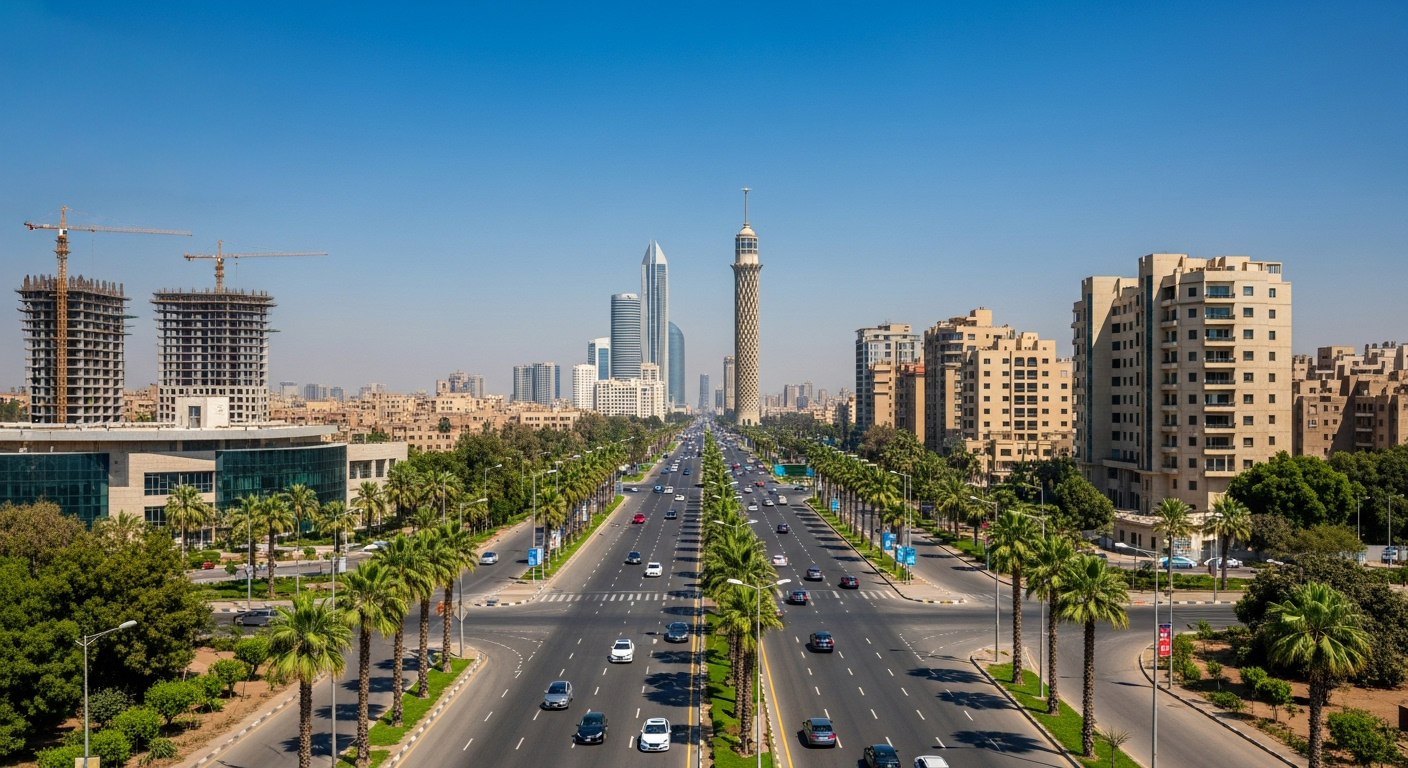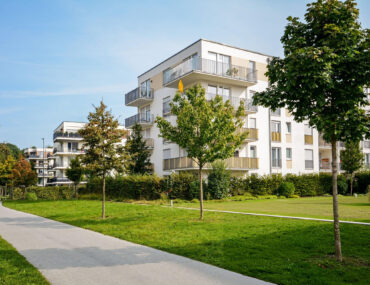Egypt’s development scene is entering a new phase. Construction activity is driven by demand for housing and by the direction of the country’s economic growth. As new highways, ports, industrial zones, and cities rise, developers are following the path of national infrastructure. The map of opportunity is expanding, and those who read it carefully are shaping the next decade of urban growth.
A New Economic Context
In recent years, Egypt has invested heavily in transport, logistics, and utilities. Expressways link distant regions, industrial corridors open new employment zones, and digital networks connect business clusters that did not exist before. These developments are not isolated achievements. Together, they create the conditions that make entire areas viable for long-term living and investment. Developers now look beyond short sales cycles toward projects that align with economic activity and national connectivity.
The Changing Logic of Location
Location for a long time meant being close to Cairo’s well-established hubs. That definition is changing. Regional balance, infrastructure preparedness, and accessibility are the new metrics of value. Projects close to government-planned cities and well-served corridors are now strategic rather than speculative. Developers’ land selection, utility planning, and community design are all impacted by this shift. The emphasis is shifting away from private marketing promises and towards locations with a clear future purpose, backed by national growth plans.
New Alamein City
Egypt’s approach to coastal development has changed with the arrival of New Alamein City on the Mediterranean coast. It is designed to be a year-round urban destination that combines permanent residence, business, and tourism. Direct highway connections, contemporary utilities, and a layout that caters to year-round residents rather than just seasonal tourists are all advantages for the city. Developers in this area are reacting to a long-term vision of a coastal city that functions, bolstered by year-round economic activity and government infrastructure. Along the North Coast, this accessibility and sustainability combination is drawing significant investments and creating a new paradigm for urban growth.
The New Administrative Capital
East of Cairo, the New Administrative Capital stands as one of Egypt’s most ambitious infrastructure projects. It is designed to relieve pressure on Greater Cairo while creating a new political, financial, and cultural hub. With government ministries, corporate headquarters, and diplomatic missions relocating there, the city has become a symbol of planned decentralization. Developers are positioning around its main roads, smart districts, and transportation links, aiming to build within a framework that is already defined by infrastructure and governance. The project signals how state-led planning can shift the geography of private investment toward a more organized growth pattern.
Mostakbal City
Closer to Cairo’s urban edge, Mostakbal City illustrates a more practical side of expansion. It is being developed as a connected, livable environment with strong emphasis on infrastructure, sustainability, and accessibility. Developers working there are aligning with standards that prioritize energy efficiency, open space, and reliable public services. The city’s appeal lies in its balance between urban connectivity and quality of life. It reflects a new awareness among developers that infrastructure and long-term maintenance are now central to value, not optional features added after construction.
Beyond the Capital: Regional Corridors
Although the North Coast and Cairo are the main topics of discussion, Egypt’s regional cities and transport networks are also quietly changing. The areas where economic activity can flourish are being redefined by new highways that connect Upper Egypt to industrial areas, agricultural centres, and the Red Sea. Supporting communities close to ports, logistics hubs, and renewable energy projects is starting to appeal to developers. These areas might not have the same marketing clout as administrative or coastal cities, but they reflect a deeper layer of development where labour mobility and infrastructure meet production. This approach denotes a more inclusive development model that disperses opportunities outside of conventional urban boundaries.
Developers in Transition
This new environment requires a different mindset. Land acquisition is increasingly tied to infrastructure access rather than speculation. Construction planning takes into account transport networks, logistics corridors, and expected population flows. Developers are more cautious in phasing and more focused on delivery credibility. Projects are being built in coordination with government timelines to ensure that roads, utilities, and public services are ready by the time residents move in. The result is a gradual shift toward alignment between public planning and private development.
A Market That Rewards Timing and Direction
For homebuyers and investors, these changes bring new considerations. The strongest opportunities now lie where infrastructure is visible, progress is measurable, and population movement is expected. Areas linked to national projects tend to offer stability and long-term relevance. This also encourages more disciplined decision-making among developers, who must align product offerings with real demand rather than abstract forecasts.
The Broader Outlook
The flexibility of Egypt’s real estate market will be put to the test in the upcoming years. The nation’s economic strategy is expanding, establishing several growth poles rather than a single, dominant hub. Developers who are aware of this change are shifting their operations, constructing close to transportation hubs, and combining logistics, residential, and commercial elements in novel ways. Those who stick to conventional development patterns run the risk of lagging behind a market that is growing more competitive, transparent, and structured.
Conclusion
Egypt’s real estate story is being rewritten through infrastructure and national planning. The direction of cranes and construction now mirrors the direction of the country’s growth. Every new road, industrial park, and city opens another chapter of opportunity. Developers who follow that momentum with clarity and discipline are likely to define the next stage of expansion. The question is no longer where demand exists today, but where it will move tomorrow, and who will be ready when it arrives.



